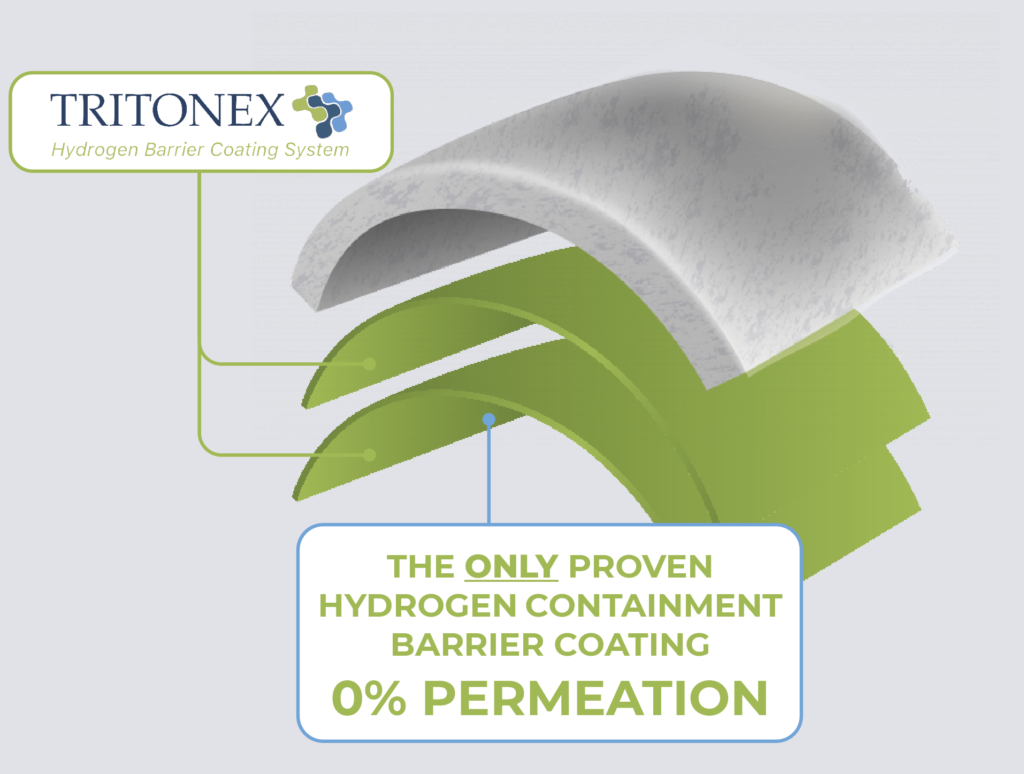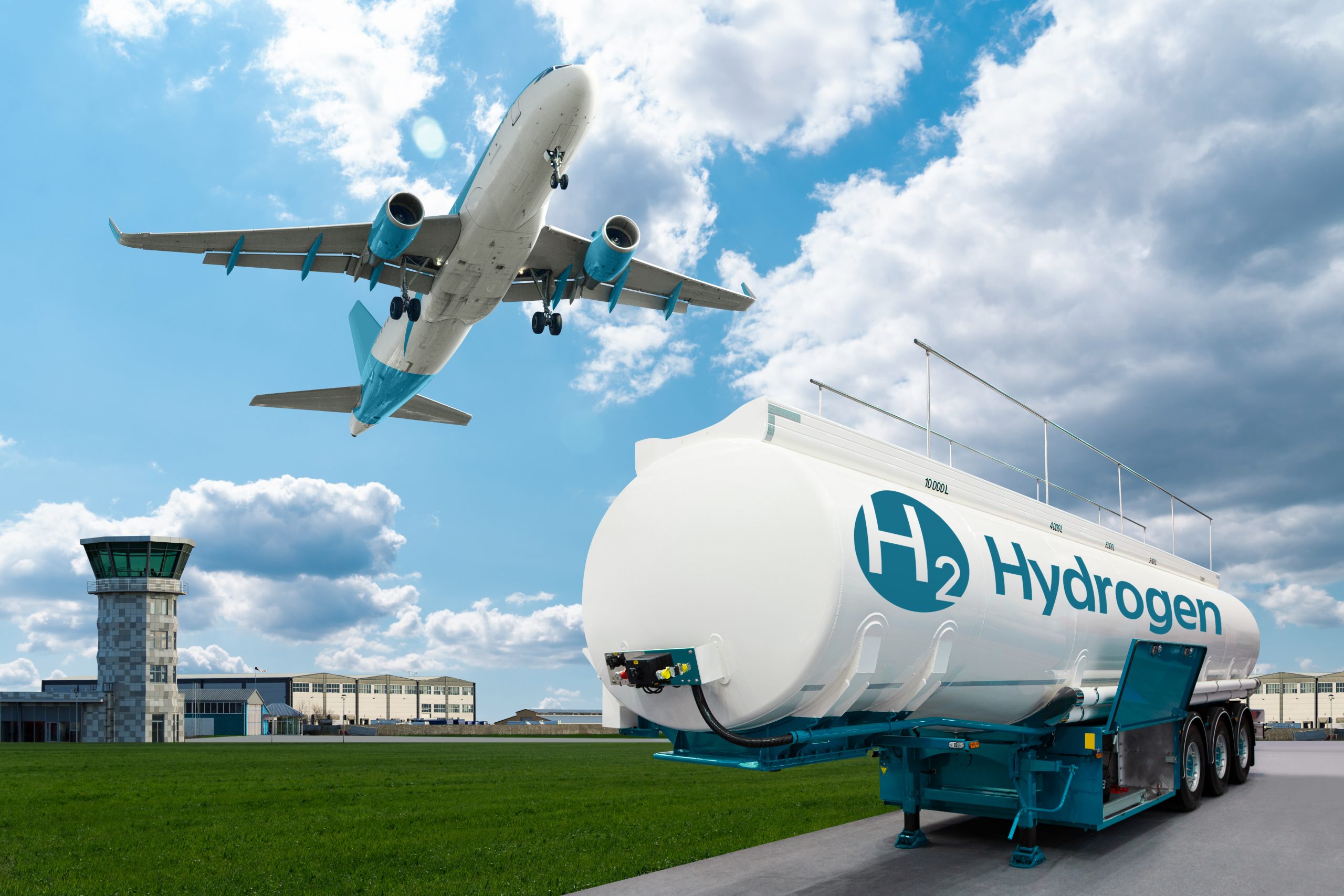As the world embraces hydrogen as a clean energy alternative, its potential in aiding the decarbonisation of our energy system is immense. However, hydrogen’s journey has its challenges, particularly hydrogen leakage. This issue, underscored by two insightful reports – one from the University of Columbia SIPA and another on the environmental implications of hydrogen leakage (Ocko and Hamburg) – paints a complex picture of the hydrogen economy’s potential environmental impacts.
The Scale and Impact of Hydrogen Leakage
Hydrogen leakage, while often overlooked, poses significant environmental concerns due to its indirect global warming effects. Hydrogen molecules can extend the lifetime of other greenhouse gases, such as methane, leading to increased atmospheric warming. A study suggests that over a 10-year period, hydrogen’s warming impact could be approximately 100 times stronger than that of carbon dioxide, underscoring the urgency to address this issue (Ocko and Hamburg 2022).
The Challenge Across the Value Chain
Both reports emphasise that hydrogen leakage occurs throughout its value chain, from production to end use:
- Production Leakage: This is especially significant in grey and blue hydrogen production facilities, where the risk of leakage is often underestimated due to a lack of comprehensive data and regulatory oversight.
- Delivery Leakage: Pipelines and truck deliveries demonstrate varying degrees of leakage risk, with truck deliveries being particularly prone due to boil-off losses.
- End-Use Leakage: This is the least understood area, especially concerning future hydrogen applications. However, it remains a significant concern in industrial sectors like chemical plants and refineries.
So, how do we mitigate these risks? There is no one-size-fits-all solution, but an essential component must be an effective, flexible, relatively low-cost hydrogen barrier coating.
Tritonex: A Game-Changing Solution
Amidst these challenges, Tritonex Hydrogen Barrier Coating stands out as a revolutionary solution. While current hydrogen sensors and leak detection technologies are still in development and not widely implemented commercially, Tritonex offers an effective barrier to prevent hydrogen leakage across the entire value chain. Triton Hydrogen’s unique coating technology promises to be a key component in mitigating the unintended environmental consequences of hydrogen as a clean energy source.
Moving Forward: Research, Regulation, and Technology
The way forward involves a multi-faceted approach. Developing rigorous research and data-gathering programs, implementing monitoring programs for new hydrogen processes, and focusing on key processes with high leakage risks are critical steps. Additionally, Ocko and Hamburg highlight the need for a comprehensive understanding of hydrogen’s indirect climate effects and improving estimates of hydrogen leakage throughout its production and usage chain. This understanding is crucial for deploying hydrogen effectively in the emerging decarbonised global economy.
Conclusion
The hydrogen economy presents a beacon of hope for a sustainable, decarbonised future. However, mitigating hydrogen leakage is imperative to fully harness its environmental benefits. The Tritonex Hydrogen Barrier Coating isn’t just a product; it’s an indispensable ally in ensuring the success and sustainability of the hydrogen economy. By addressing the leakage challenges head-on, we can ensure that hydrogen fulfils its promise as a clean energy source.
References:
https://www.energypolicy.columbia.edu/publications/hydrogen-leakage-potential-risk-hydrogen-economy/
https://acp.copernicus.org/preprints/acp-2022-91/acp-2022-91.pdf


